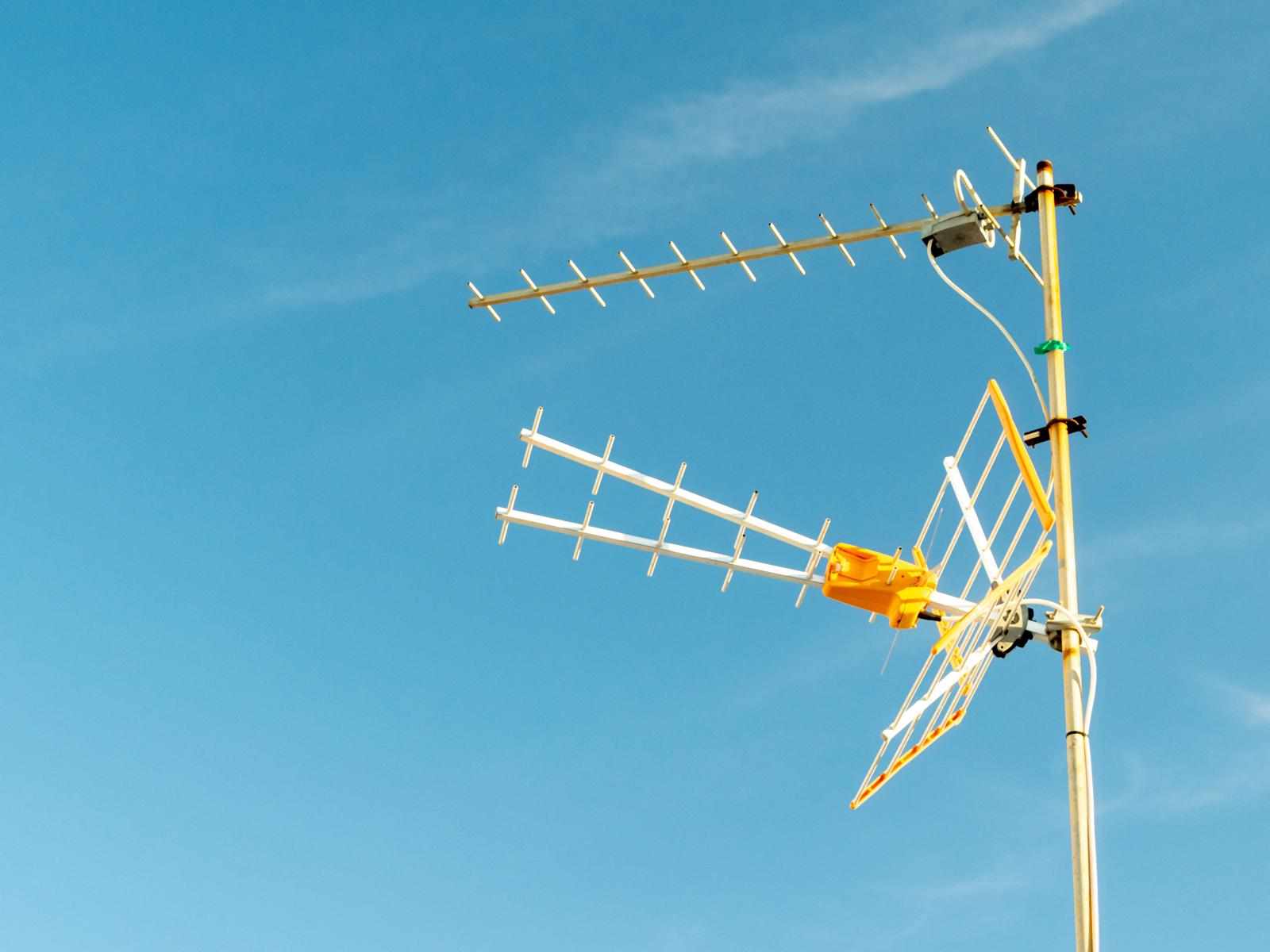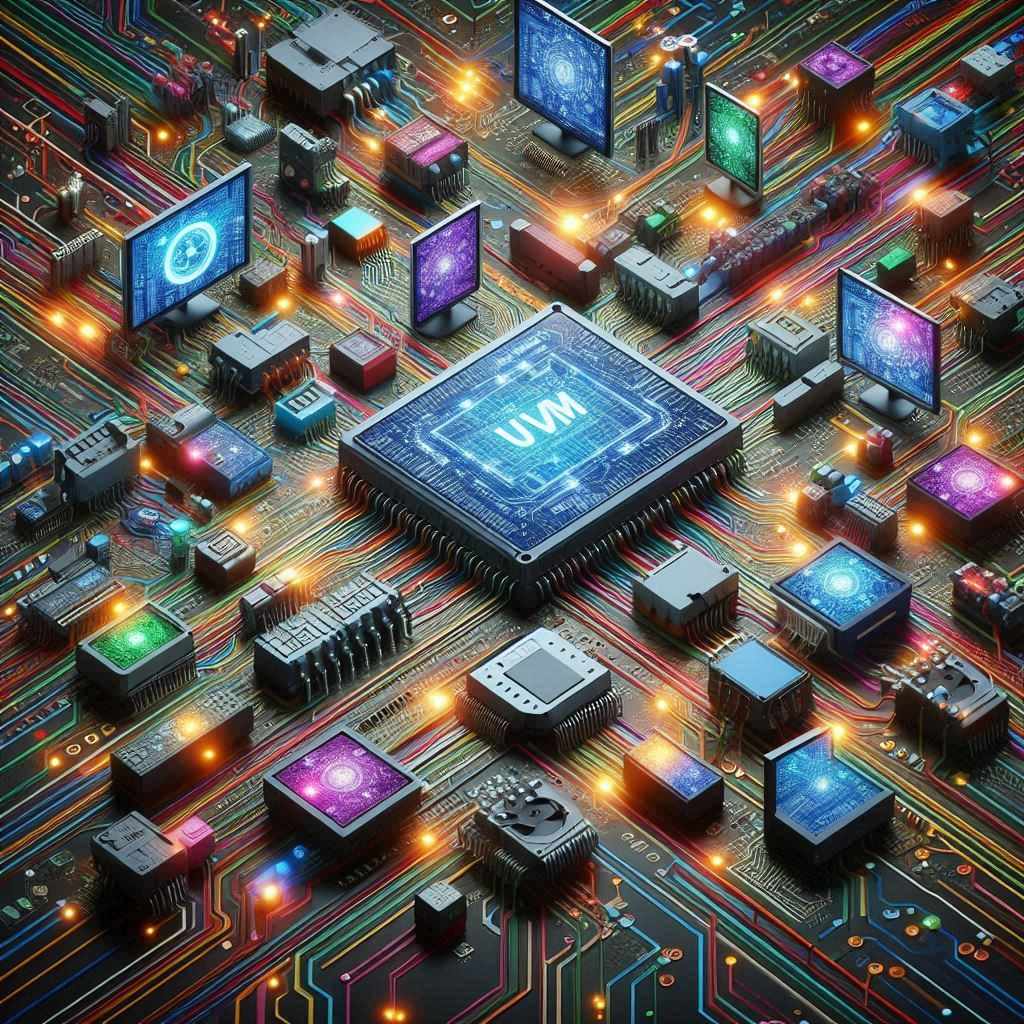
Modern electronics are evolving at a rapid pace. Devices are becoming smaller, faster, and more efficient, but with these improvements come complex design challenges. Engineers must ensure that systems work seamlessly under real-world conditions. Two critical aspects in this process are signal integrity and power integrity. Together, they form the foundation for reliable, high-performance electronic systems.
This blog explores the major challenges in maintaining integrity and the strategies engineers use to overcome them.
Understanding Signal and Power Integrity
Signal integrity refers to the ability of electrical signals to travel through a circuit without distortion. If a signal becomes weak, noisy, or delayed, it can cause communication errors and reduce system efficiency. High-speed designs amplify this problem, as even the smallest interference can disrupt performance.
Power integrity, on the other hand, focuses on providing clean, stable, and noise-free power to every component. Voltage drops, spikes, or fluctuations in the power supply can cause devices to reset, misbehave, or even fail.
Both are interconnected—poor power delivery can create noise that disrupts signals, while signal issues can stress the power network. Maintaining both ensures smooth and reliable operation.
Common Design Challenges
1. High-Speed Signal Distortion
As data rates climb, signals are more vulnerable to issues like jitter, reflections, and crosstalk. These distortions compromise communication between chips and devices.
2. Power Delivery Noise
When multiple components draw power simultaneously, voltage drops or ripples can occur. Without careful design, this can lead to random errors or sudden shutdowns.
3. Miniaturization
Electronics today are smaller than ever, with dense layouts. While this improves performance, it increases the risk of interference, heat accumulation, and routing complications.
4. Electromagnetic Interference (EMI)
EMI from nearby devices or other components in the system can degrade signal quality. In addition, compliance with industry regulations around EMI is mandatory.
5. Thermal Concerns
High-speed operation generates significant heat. Excessive temperatures not only harm physical components but also worsen signal loss and voltage instability.
6. Increasing Complexity
Designs now involve multiple layers, mixed-signal circuits, and advanced power delivery networks. With more elements interacting, ensuring integrity becomes more difficult.
Strategies to Overcome Challenges
Smarter PCB Layouts
Printed circuit board (PCB) design is the foundation of reliable systems. Engineers use controlled trace lengths, proper spacing, and careful routing to minimize interference. Ground planes, shielding, and differential signaling also improve performance.
Simulation and Modeling
Advanced simulation tools allow testing of both signal and power performance before building prototypes. This predictive approach saves time, reduces redesign costs, and helps engineers fine-tune designs for maximum reliability.
Decoupling Capacitors
Placing decoupling capacitors near components stabilizes power and filters out unwanted noise. They act as miniature energy reserves, smoothing out fluctuations during sudden power demands.
Power Distribution Network (PDN) Design
Optimizing the PDN ensures consistent voltage across the circuit. Wider traces, multiple layers, and thoughtful component placement help maintain stability. Engineers also analyze impedance across the network to avoid hotspots.
Thermal Management
Effective cooling strategies—such as heat sinks, thermal vias, and airflow systems—prevent overheating. Managing temperature directly improves both signal performance and power delivery.
Compliance Testing
Testing throughout the development cycle ensures compliance with EMI standards and verifies system stability. Early testing identifies weaknesses before they become costly issues.
Why These Strategies Matter
The demand for high-speed, energy-efficient electronics is rising across industries—5G communication, autonomous vehicles, data centers, and healthcare devices all depend on reliable performance. A single glitch in a medical monitor or an electric vehicle’s control system could have serious consequences.
By focusing on signal and power integrity, engineers are not only avoiding errors but also designing for long-term reliability. Devices that maintain integrity perform better, last longer, and instill greater confidence among users.
Moreover, these practices future-proof designs. As technologies evolve, the same principles ensure that systems can scale to handle new requirements without complete redesigns.
Final Thoughts
Electronic design is no longer just about making things faster or smaller—it’s about ensuring they work consistently under pressure. Challenges like distortion, interference, noise, and heat are inevitable, but with smarter design strategies, engineers can overcome them.
Signal and power integrity are more than technical concerns; they are the backbone of dependable innovation. By prioritizing them in every stage of design, engineers build products that are robust, reliable, and ready for the future.
FAQs
Q1. What is the difference between signal integrity and power integrity?
Signal integrity ensures accurate signal transmission, while power integrity ensures clean and stable power delivery across the system.
Q2. Why do high-speed designs face more challenges?
At higher frequencies, even tiny interference or delays can cause significant communication errors.
Q3. Can thermal issues affect performance?
Yes. Heat increases resistance, worsens signal loss, and destabilizes voltage, reducing system reliability.




Write a comment ...